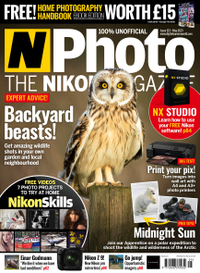Astro photographer Adam Woodworth shares exploits shooting the sky at night
Astrophotographer Adam Woodworth travelled the length and breadth of North America to capture the night sky – and epic landscapes below it
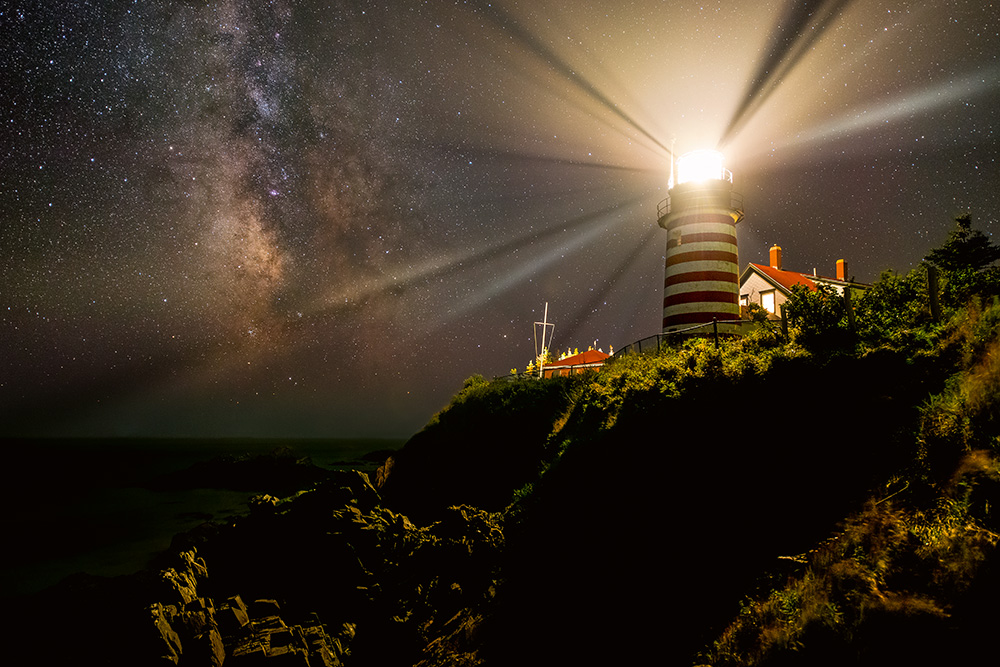
I primarily shoot the Milky Way over landscapes in dark locations in Maine, New Hampshire and Canada. I like shooting around where I live in Maine – we have some of the darkest areas on the East Coast of the US, and growing up by the ocean I feel a special connection to the coast. Other locations photographed for my book Night Sky Photography include Utah and New Mexico, both of which provide some very dark skies and unique desert landscapes.
My publisher initially approached me about writing the book in late 2018. I enjoy teaching, and this seemed like the perfect chance to get a detailed written guide of my techniques to a large audience. The book is also a great companion to my video tutorials and workshops.
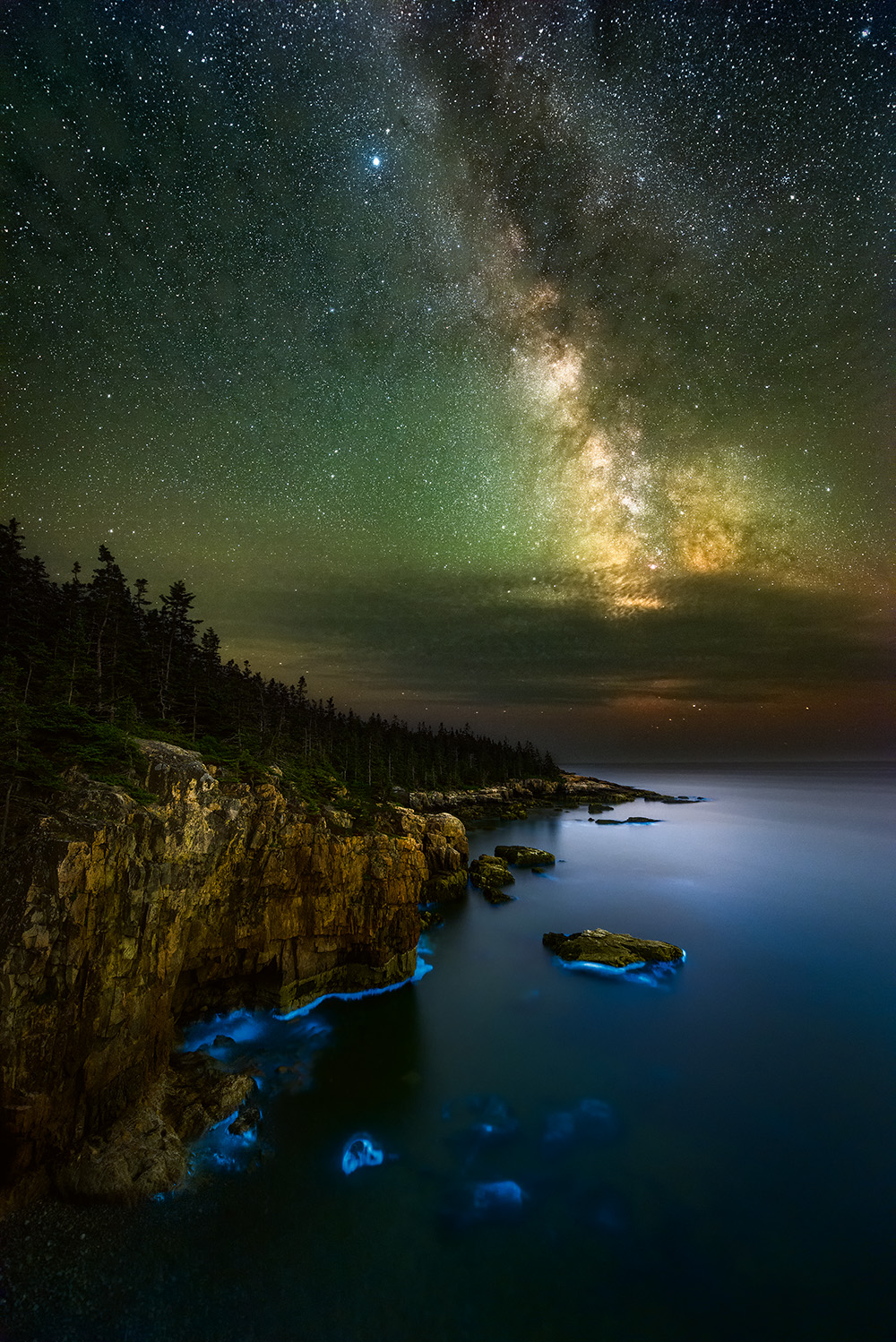
The book is primarily about landscape astrophotography – taking pictures of the night sky while including a foreground. Its main focus is capturing the galactic core of our own Milky Way galaxy over natural landscapes and human-made structures, such as lighthouses, in dark locations. The book also features some information on photographing the aurora borealis.
Many of the images in the book came from my existing library of photographs, but during the course of 2019 and 2020 I took more images specifically for the book. In late 2019 I set off on a cross-country road trip in an RV, and in early 2020 I took some deep space photos in the dark desert of Arizona, as well as some landscape night shots from New Mexico.
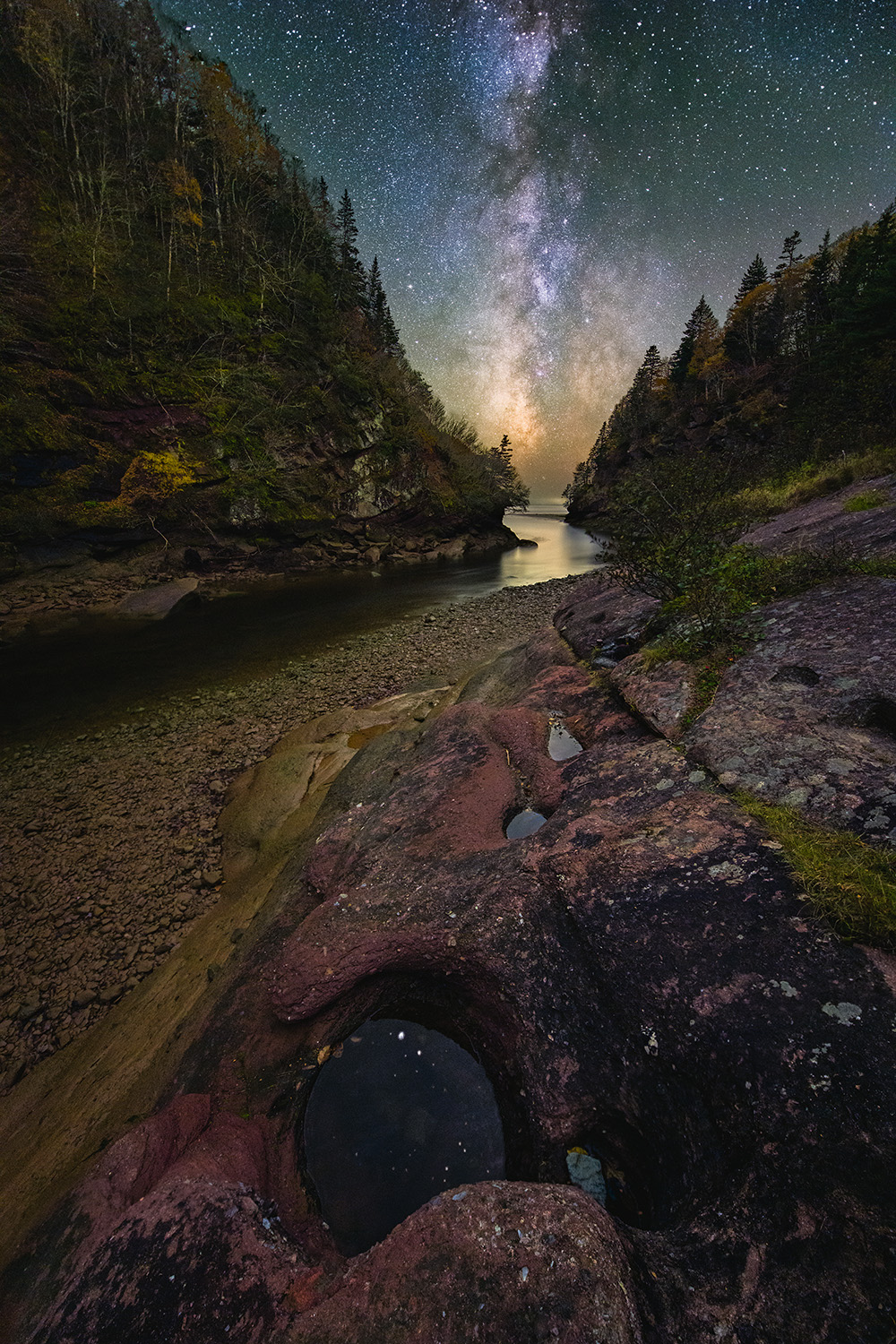
Star struck
Being out under the stars is always an amazing experience, and I never get tired of it. Standing at the edge of an oceanside cliff, in the dark, listening to the waves crash below with the stars above – it’s breathtaking! I also enjoy the journey that comes with going to distant locations, which for me is usually a road trip. Meeting the locals and trying their cuisine is just as much fun as taking pictures! Unfortunately, however, the trip was cut short in March 2020 due to the pandemic.
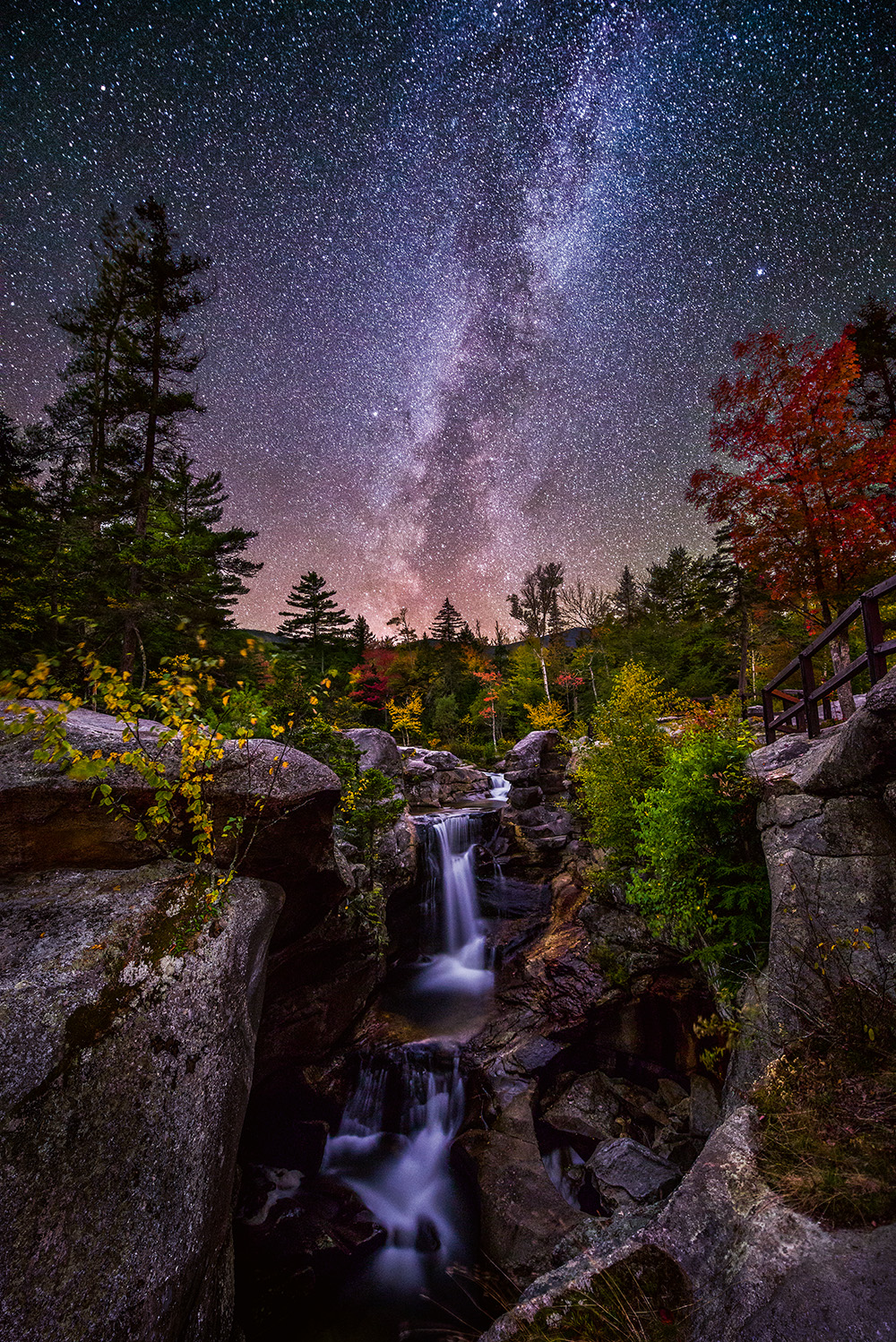
I currently use a Nikon Z 7 as my primary camera, and a Nikon Z 6 as my backup. I also have a D810A. The book features photos taken with all of these, plus the D800E and D810. For lenses, at night I primarily use the AF-S Nikon 14-24mm f/2.8 ED lens. I’ve been using Nikon gear since I purchased my first digital camera in 2008. The Nikon 14-24mm f/2.8 is an amazingly sharp lens, even at f/2.8, and is a favorite among many landscape astrophotographers.
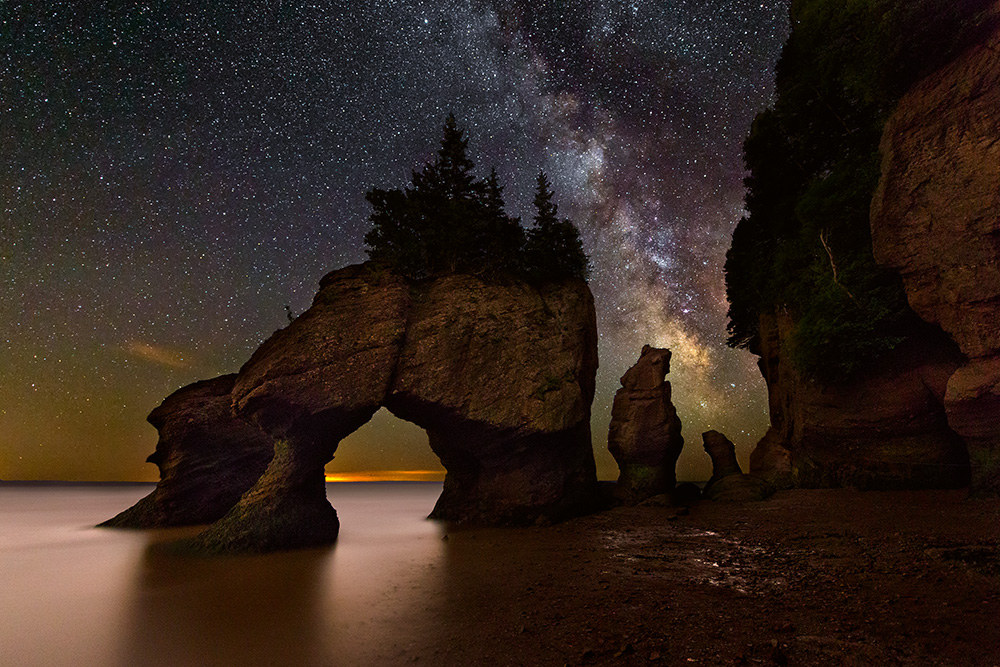
On the technical side there are quite a few challenges with shooting at night. The photos will be noisy if you don’t take care to use proper shooting techniques, such as star stacking and separate long exposures for the foreground, which must all be processed and blended together in software to create a seamless image that has good detail and is in focus from the foreground to the stars. Other challenges include the always-unforgiving weather. Night sky photography depends on clear skies, and it’s not uncommon to go almost a month in some locations without ever seeing the stars!
Get the Digital Camera World Newsletter
The best camera deals, reviews, product advice, and unmissable photography news, direct to your inbox!
Night Sky Photography: From First Principles to Professional Results by Adam Woodworth is published by Ilex Press, £24.99.
Read more:
Best Nikon cameras
Best travel cameras in 2021
Best travel tripod
N-Photo: The Nikon Magazine is a monthly publication that's entirely dedicated to Nikon users. For the best news, reviews, projects and more, subscribe to N-Photo today!
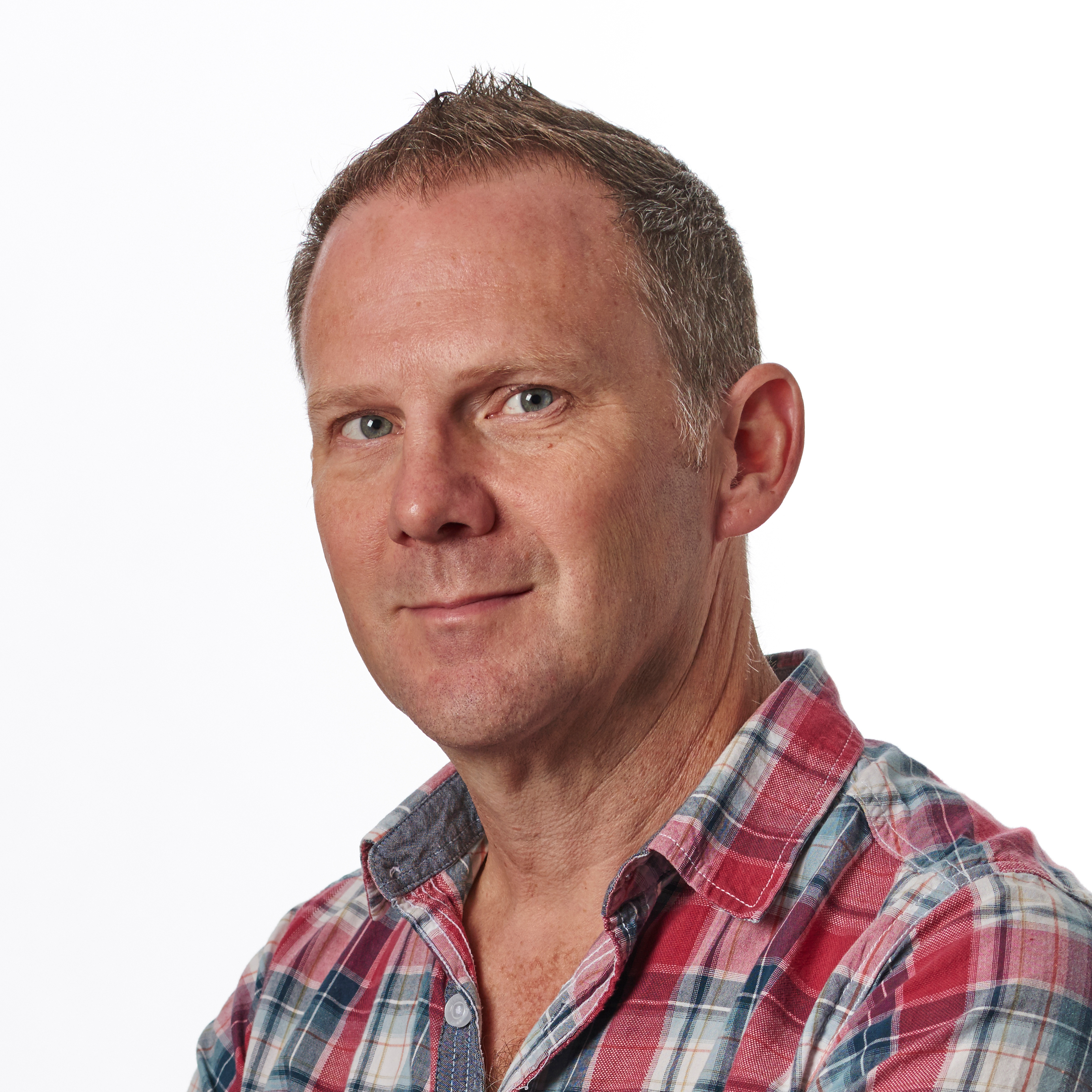
Prior to joining digitalcameraworld.com as Guides Editor, Adam was the editor of N-Photo: The Nikon Magazine for seven years, and as such is one of Digital Camera World's leading experts when it comes to all things Nikon-related.
Whether it’s reviews and hands-on tests of the latest Nikon cameras and lenses, sharing his skills using filters, tripods, lighting, L brackets and other photography equipment, or trading tips and techniques on shooting landscapes, wildlife and almost any genre of photography, Adam is always on hand to provide his insights.
Prior to his tenure on N-Photo, Adam was also a veteran of publications such as PhotoPlus: The Canon Magazine, so his wealth of photographic knowledge isn’t solely limited to the Big N.
